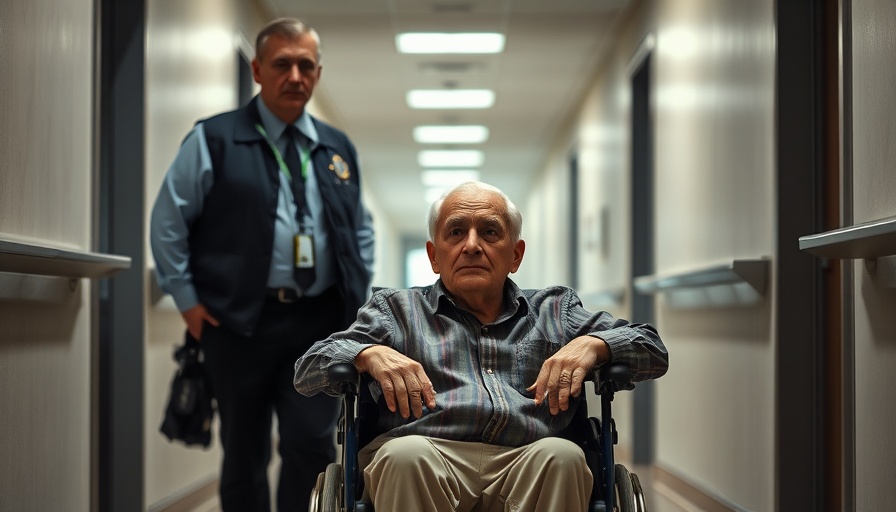
Groundbreaking Strain Sensor: A Leap Forward in Medical Engineering
In an illuminating advancement, researchers have unveiled a highly sensitive strain sensor, paving the way for precise real-time stroke monitoring. Spearheaded by Prof. Seung-Kyun Kang from Seoul National University, alongside distinguished collaborators from Dankook University, Ajou University, and Purdue University, this sensor is set to transform stroke diagnosis through innovative engineering
Overcoming Traditional Challenges in Biomechanical Monitoring
Traditional strain sensors often falter when detecting minute biomechanical signals, especially strains smaller than 10−3. These limitations are critical as they hinder early disease diagnostics and safety evaluations—enter the revolutionary meta-structured sensor designed by Prof. Kang's team. With an astounding 100-fold improvement in sensitivity, it changes the game by detecting strain at the atomic scale, vital for early signs of cerebrovascular anomalies.
Innovative Design Unlocks New Diagnostic Potential
The sensor combines flexible materials with nanoscale microcracks, significantly amplifying electrical resistance changes. This approach creates a phenomenal sensitivity increase, allowing stress detection levels down to 10−5. Such precision facilitates timely interventions in medical settings, providing a crucial tool for concierge health practitioners to monitor and manage potential stroke risks in their patients effectively.
Future Predictions and Trends in Stroke Monitoring
As healthcare technology advances, industry scenarios might see widespread adoption of such sensors, integrating with digital platforms to provide real-time alerts and diagnostics. These trends not only ensure timely patient care but also offer opportunities for seamless integration into existing medical practices, thus enhancing patient outcomes. The sensor's versatility will likely inspire further innovations, broadening its role in comprehensive health monitoring beyond strokes.
Relevance to Current Events: A Timely Medical Breakthrough
In an era where precision healthcare and digital solutions are pivotal, this strain sensor emerges as a timely advancement. As strokes remain a leading cause of mortality globally, especially in aging populations, this technology's introduction aligns with pressing health priorities, promising enhanced preventive care and diagnostics in modern medical practices.
 Add Row
Add Row  Add
Add 














Write A Comment